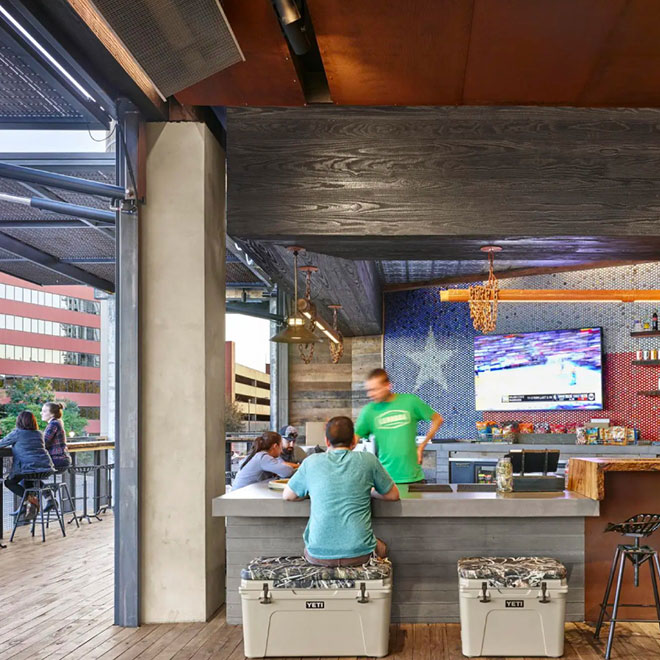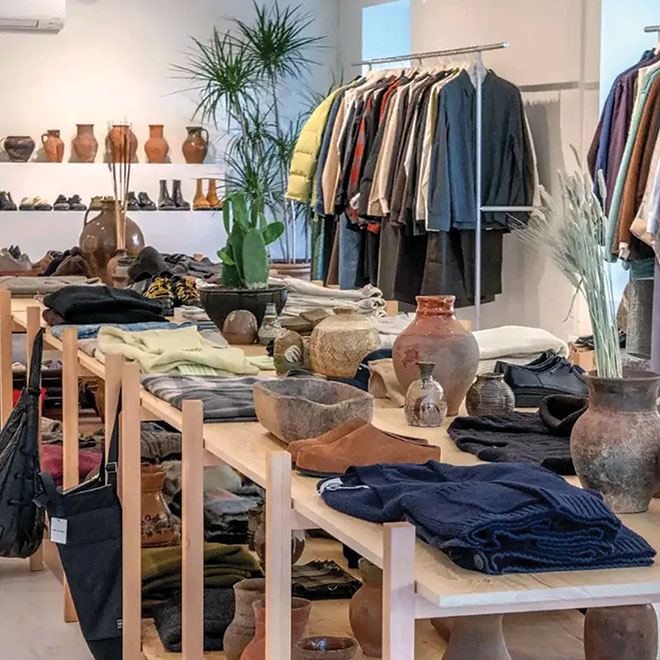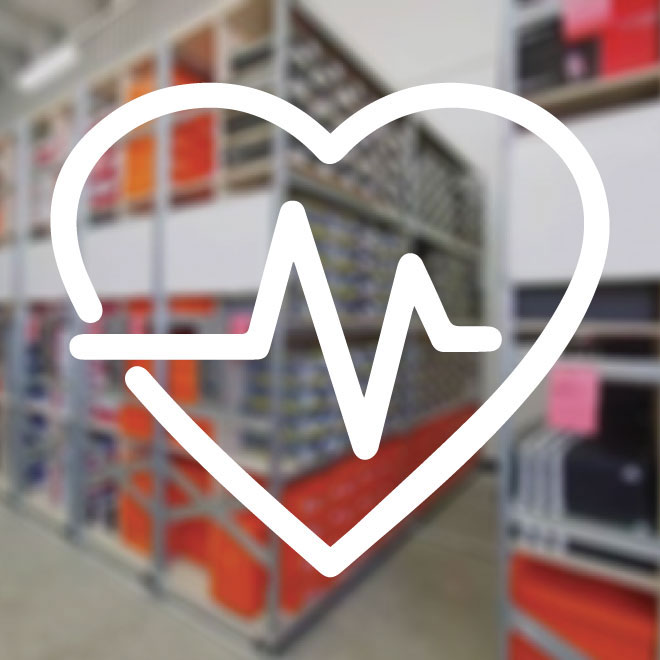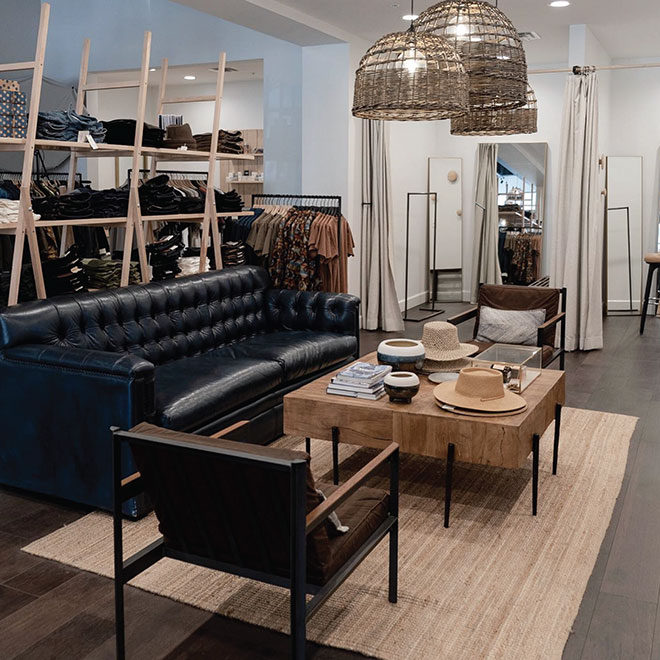
Get Local
How Lasting Pandemic-Era Shifts Are Redefining the Future of Retail
Estimated Read Time: 3 Minutes
For retailers, the COVID-19 pandemic feels like a vague, bad dream. For many of us as well, there's this "Did that really happen?" sense, followed closely by the realization that "Oh yeah, it did". I've had many more people say to me recently, "You know, back during the pandemic," or, "Yeah, we did that back in the pandemic" than I'd care to remember. That time was like a nightmare that is still fading into history, slowly dimming in our memories.
Having said that, there were some positive, game changing elements that popped out of the pandemic for retail, and they look like they're here to stay.
Take Work From Home. In a 2022 survey, we found that 60% of workers were willing to go back to the office, but only for 2 days a week, and that zero (!) interviewees were willing to go back full time. As of 2024, those numbers are holding up. With one swing of a virus, something changed not only in retail, but across the world, as a new phenomenon came into play: "With technology, I can do it from here." This shift persists, despite occasional ruthless CEO demands (usually crushed by worker leverage with an, 'I quit!').
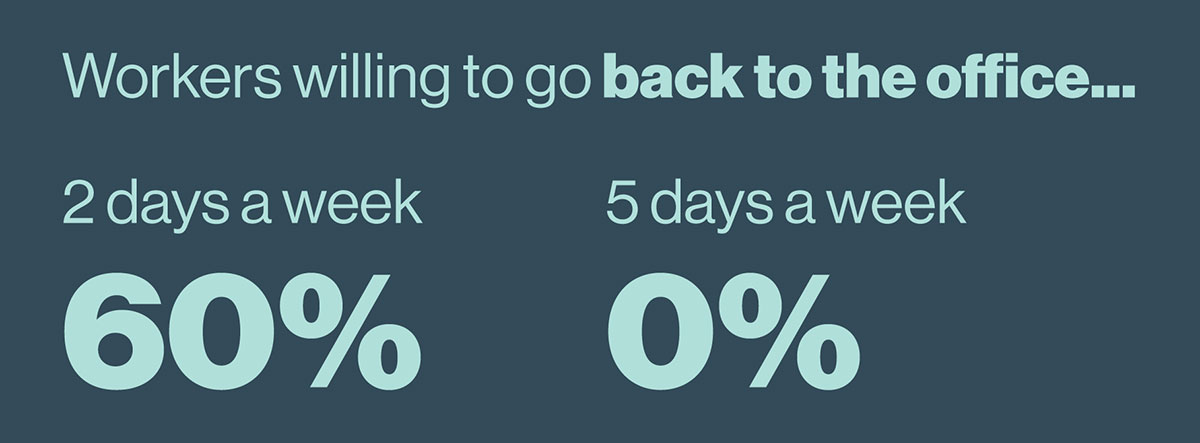
Another positive post-pandemic change happened to Buy Online, Pick Up In Store (BOPIS). Compared to pre-COVID, retailers are now 83.3% more likely to offer BOPIS (source: Capital One Data). This is a big win for consumers, as the convenience of shopping online becomes increasingly appealing.

On that note, online sales surged +43% in 2020, and have continued to grow since. To prove the point; Q1 2024 e-commerce sales increased 8.5% from Q1 of 2023, while total retail sales increased only 2.8 percent. Furthermore, FH Consulting predicts that online sales will reach $1.3 trillion in 2024, nearly 30% of retail sales. The supercharged online pandemic era seems to have finally awakened many new buyers to a way of shopping that takes much less time and effort, an awareness that will only increase. And don't forget about the Prime Day rocket boost.

Perhaps the most underrated consequence of the pandemic on retail is also what many are saying is the future of specialty retail itself: being local. Studies we conducted during the past couple of years prove the point. When over 3000 consumers were asked, "if you chose to shop in a store (vs online), where would you most likely go?" (one vote each), the results suggest that though consumers are a bit worn out about having to travel to shop, period, the preference for local stores (including big brands like Walmart, Target and Macy's) has grown significantly.
Here's how the 2 years stacked up:
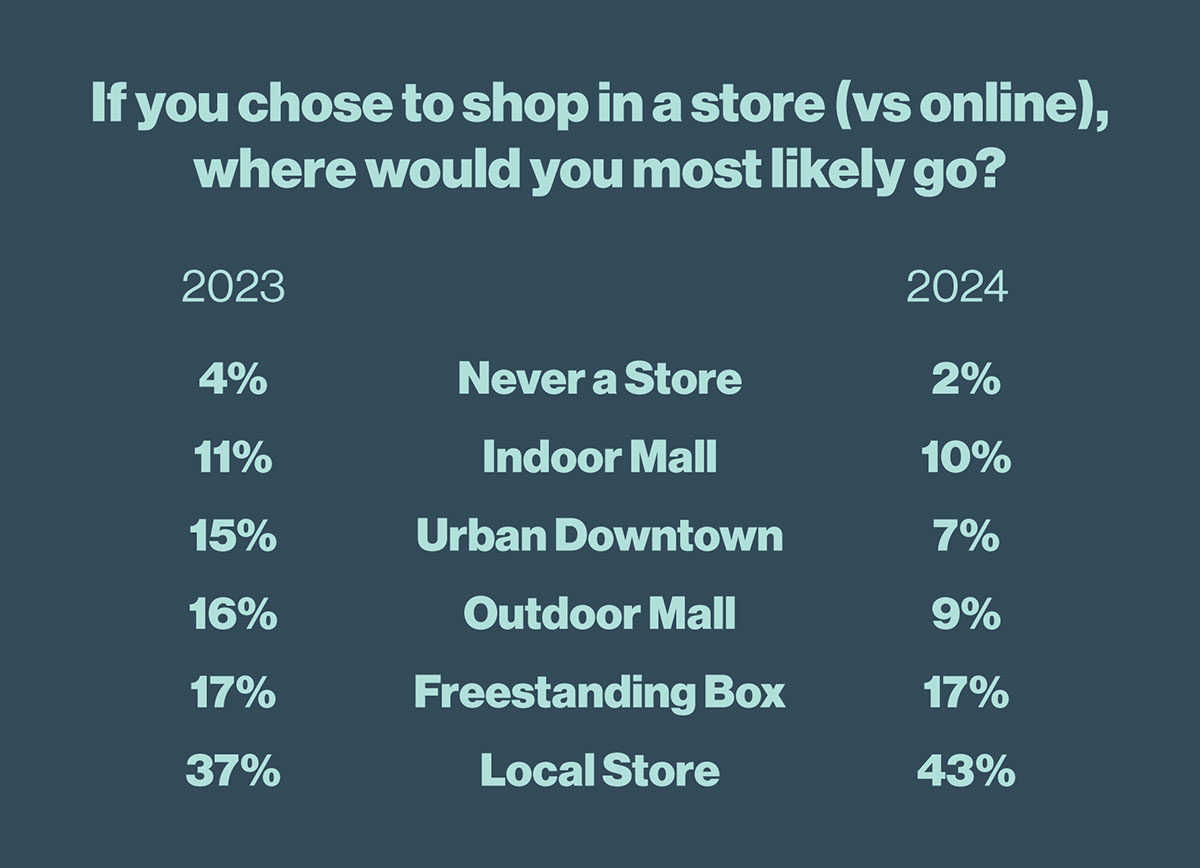
These results are interesting for many reasons (see the curious decline of the outdoor mall and downtown options), but mostly for the rise in the "Local Factor." This 'local' phenomenon is happening well after the pandemic, the number of consumers preferring to stay close to home is nearing half. That spells opportunity, and retailers know all about opportunity.
Retail brands are starting to see the trend: customers want to shop nearby. Their reaction is backed up by a recent study we did asking consumers, "why don't you want to go shopping in stores?" 79% said that going to a store, "takes too long, and is too much effort." You can't compete with that unless, of course, you're local. So, even though the most recent reveals are not a death knell, they tie in perfectly with the rise of the "local" sentiment from consumers. It's much easier to walk or ride your bike to where you want to go vs drive the obligatory X miles to a shopping center or downtown, face the hassle of parking, and a healthy hike.

When all is said and done, the retail field is continuing to split into 3 big verticals: 1) the big box army, 2) online shopping and lastly, 3) local shops.
From everything we've seen from consumers these past 4 years, this new retail landscape looks better and makes more sense than it has in the past 40 years. We'd love to see more of it, and more of it faster. Retailers, get local!

 Lee Peterson
Lee Peterson
